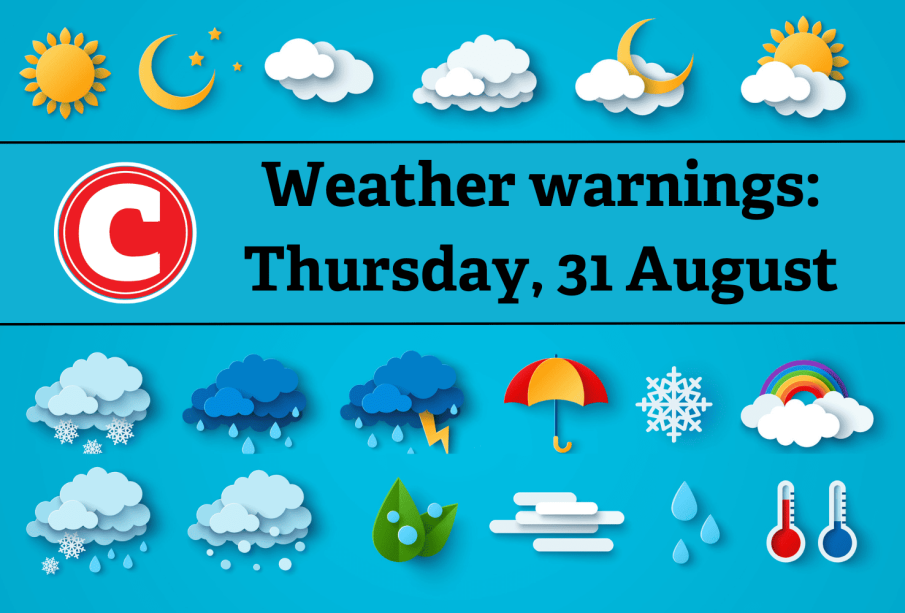The Importance of Weather Warnings: What You Need to Know

Introduction
Weather warnings play a crucial role in informing the public about potentially dangerous meteorological conditions. With the rise of climate change impacting weather patterns, these warnings have become increasingly vital as they help to protect lives and property. Understanding how these alerts function and their relevance to daily life can empower individuals to take necessary precautions, making it essential to stay informed.
Types of Weather Warnings
Weather warnings can vary widely based on the nature of the weather event. Common types include:
- Severe Thunderstorm Warnings: Issued when storms are capable of producing damaging winds, hail, or flooding.
- Tornado Warnings: Issued when a tornado has been sighted or indicated by weather radar, prompting immediate action.
- Flood Warnings: Alerting communities to rising water levels that pose a threat to life and property.
- Winter Storm Warnings: Communicating conditions that may result in hazardous winter weather, including snow accumulation and icy roads.
These warnings are confirmed through various monitoring systems, including radar technology and satellite imagery, ensuring timely dissemination of information.
Recent Events
In recent months, severe weather instances have heightened the need for effective warning systems. For example, the UK experienced a series of floods in early October 2023, leading the Met Office to issue multiple flood warnings across several regions. Areas like Yorkshire and the Midlands were particularly hard hit, with communities urged to take shelter and prepare for evacuations if necessary.
Additionally, this summer saw unprecedented heatwaves, prompting warnings about health risks associated with extreme temperatures. Local authorities mobilised resources, providing guidelines on how to stay safe during these extreme weather conditions. These recent examples underscore the importance of weather warnings not only for immediate safety but also for emergency preparedness.
Conclusion
Weather warnings are essential tools helping communities prepare for and respond to natural hazards. As climate patterns continue to change, the frequency and intensity of severe weather events are projected to increase, making it even more critical for individuals to heed these warnings. By staying informed and taking necessary safety measures, the public can mitigate potential risks posed by adverse weather. It’s a call to action for all to engage with local forecasts and remain vigilant, especially in times of uncertain weather.








